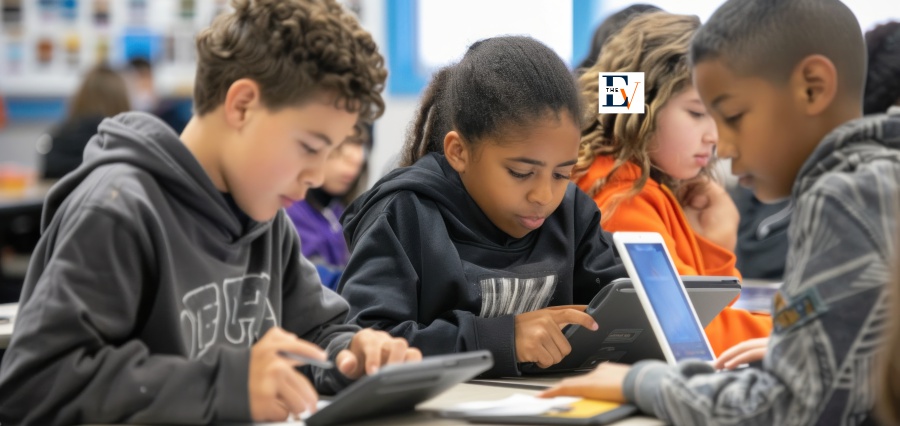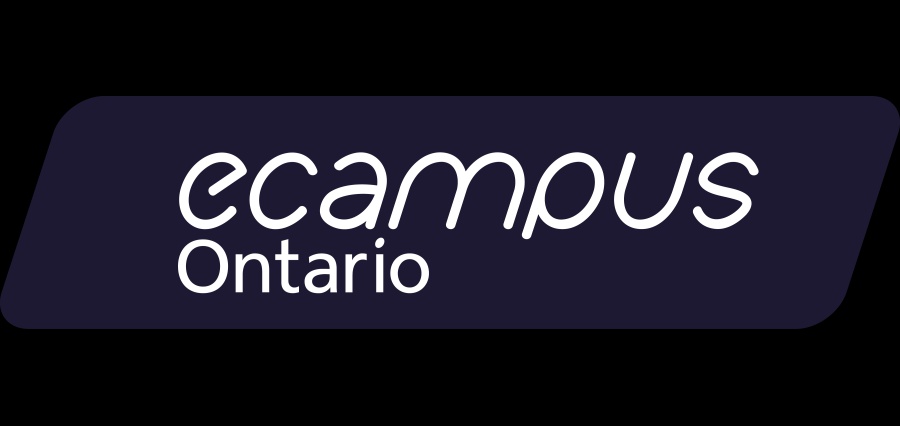Over the past 18 months, one of the most pressing topics in higher education—both in the U.S. and globally—has been the rise and implications of generative artificial intelligence (GenAI). Although this technology, which uses AI to create content such as text, images, and video, is not entirely new, its recent widespread adoption has sparked significant concern among educators about its potential impact on work, communication, and daily life.
These concerns are not exaggerated. GenAI is a profoundly disruptive technology, comparable to the invention of the printing press or the digital computer. Its remarkable ability to automate tasks previously thought to require uniquely human skills is generating excitement about new business opportunities, the liberation of employees from repetitive tasks, and a dramatic acceleration in the advancement of human knowledge. At the same time, it is also fueling fears about job displacement and a potential decline in critical thinking skills.
Unsurprisingly, nearly every college in the country is now reimagining higher education to harness the power of GenAI while preserving essential aspects of traditional academic practices and values. This involves defining and integrating “AI literacies” across curricula and rethinking the fundamentals of what and how we teach. Educators are grappling with challenging questions about the relationships between technology, knowledge, and human intelligence. For many, understanding the impact of GenAI on higher education feels like rebuilding a ship while it is still at sea.
Institutional change is rarely straightforward, and the current efforts to re-engineer higher education are particularly complex. While this discomfort can be beneficial by prompting reflection and engagement, there is no guarantee that America’s colleges and universities will naturally move toward such openness regarding GenAI. Achieving this will require a deliberate and sustained effort to overcome longstanding biases.
Read More: https://theeducationview.com/






